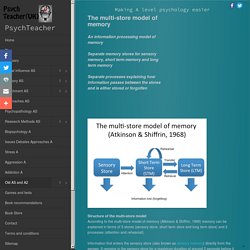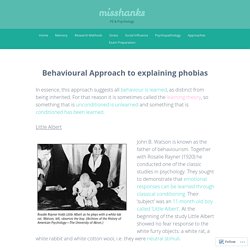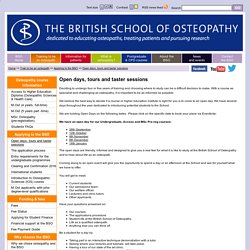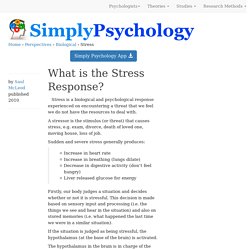

The multistore model of memory for A level psychology - Psychteacher. Structure of the multi-store modelAccording to the multi-store model of memory (Atkinson & Shiffrin, 1968) memory can be explained in terms of 3 stores (sensory store, short term store and long term store) and 2 processes (attention and rehearsal).

Information first enters the sensory store (also known as sensory memory) directly from the senses. It remains in the sensory store for a maximum duration of around 2 seconds before it decays and is replaced with new information. If information in the sensory store is attended to then it can be passed to the short term store. Around 7 plus or minus 2 chunks of Information (Miller, 1956) can be stored in the short term store (also know as short term memory).
It is encoded primarily in a phonological format (by its sound) and remains there for around 12-30 seconds without being rehearsed. Genie Secret of the Wild Child Full Documentary. Psychology. This site uses some unobtrusive cookies to store information on your computer.

Some cookies on this site are essential, and the site won't work as expected without them. These cookies are set when you submit a form, login or interact with the site by doing something that goes beyond clicking on simple links. We also use some non-essential cookies to anonymously track visitors or enhance your experience of the site. If you're not happy with this, we won't set these cookies but some nice features of the site may be unavailable. To control third party cookies, you can also adjust your browser settings. By using our site you accept the terms of our Privacy Policy. (One cookie will be set to store your preference) (Ticking this sets a cookie to hide this popup if you then hit close.
About this tool About Cookie Control. Longevity. Twins. Aqa psya4 final ms jan 13. Behavioural Approach to explaining phobias. In essence, this approach suggests all behaviour is learned, as distinct from being inherited.

For that reason it is sometimes called the learning theory, so something that is unconditioned is unlearned and something that is conditioned has been learned. Little Albert John B. Watson is known as the father of behaviourism. Together with Rosalie Rayner (1920) he conducted one of the classic studies in psychology. Watson and Rayner created a conditioned response to these previously neutral objects. The Two-process Model Orval Hobart Mowrer (1947) proposed the two-process model to explain how phobias are learned. Classical conditioning: initiation A phobia is acquired through association – the association between a neutral stimulus (NS), such as a white furry rat, and a loud noise results in a new stimulus response being learned, as demonstrated by Little Albert.
In this case the original unconditioned stimulus (UCS) was a loud noise, and the original unconditioned response (UCR) was fear. Login Screen. Signing inPlease wait Username Password.

Open days, tours and taster sessions. Deciding to undergo four or five years of training and choosing where to study can be a difficult decision to make.

With a course as specialist and challenging as osteopathy, it is important to be as informed as possible. We believe the best way to decide if a course or higher education institute is right for you is to come to an open day. We have several days throughout the year dedicated to introducing potential students to the School. We are holding Open Days on the following dates.
Please click on the specific date to book your place via Eventbrite: We have an open day for our Undergraduate, Access and MSc Pre-reg courses: The open days are friendly, informal and designed to give you a real feel for what it is like to study at the British School of Osteopathy and to hear about life as an osteopath. Approaches exam style qs Flashcards. What is the Stress Response. Stress is a biological and psychological response experienced on encountering a threat that we feel we do not have the resources to deal with.

A stressor is the stimulus (or threat) that causes stress, e.g. exam, divorce, death of loved one, moving house, loss of job. Sudden and severe stress generally produces: Increase in heart rateIncrease in breathing (lungs dilate)Decrease in digestive activity (don’t feel hungry)Liver released glucose for energy Firstly, our body judges a situation and decides whether or not it is stressful. Fight or Flight Response: How Does It Work? The fight-or-flight response, also known as the acute stress response, refers to a physiological reaction that occurs in the presence of something that is terrifying, either mentally or physically.

The response is triggered by the release of hormones that prepare your body to either stay and deal with a threat or to run away to safety. The fight-or-flight response was first described in the 1920s by American physiologist Walter Cannon. Cannon realized that a chain of rapidly occurring reactions inside the body helped to mobilize the body's resources to deal with threatening circumstances.Today the fight-or-flight response is recognized as part of the first stage of Hans Selye's general adaptation syndrome, a theory describing the stress response.
Stress: Fight or Flight Response - Stress Management & Anxiety - Psychologist World.